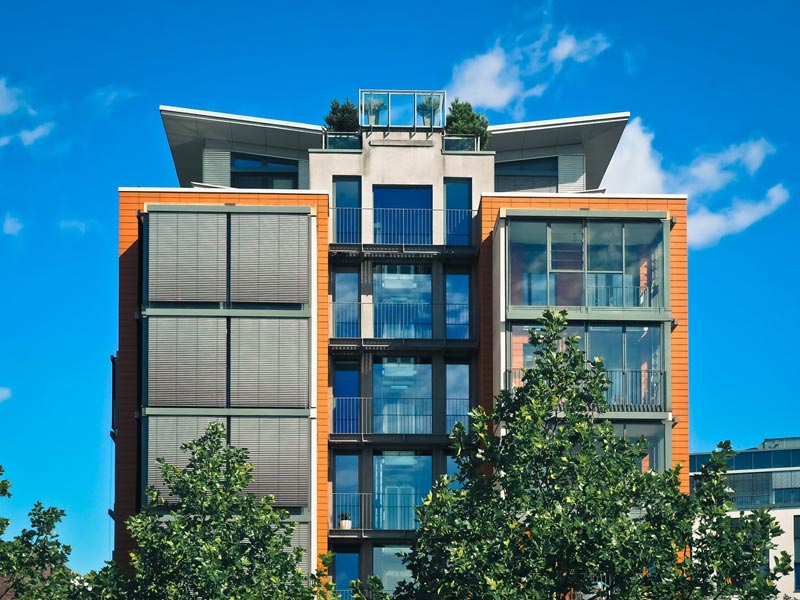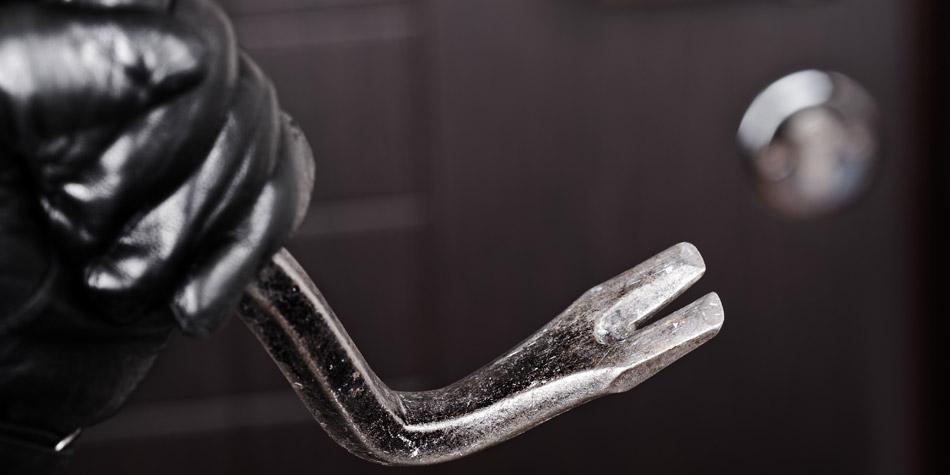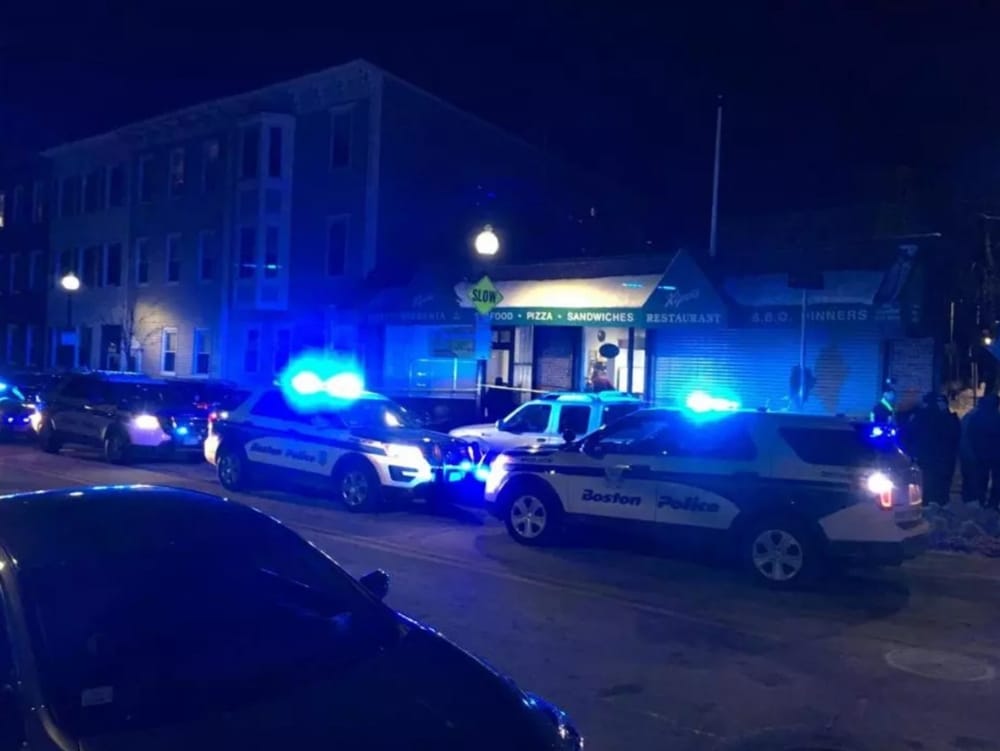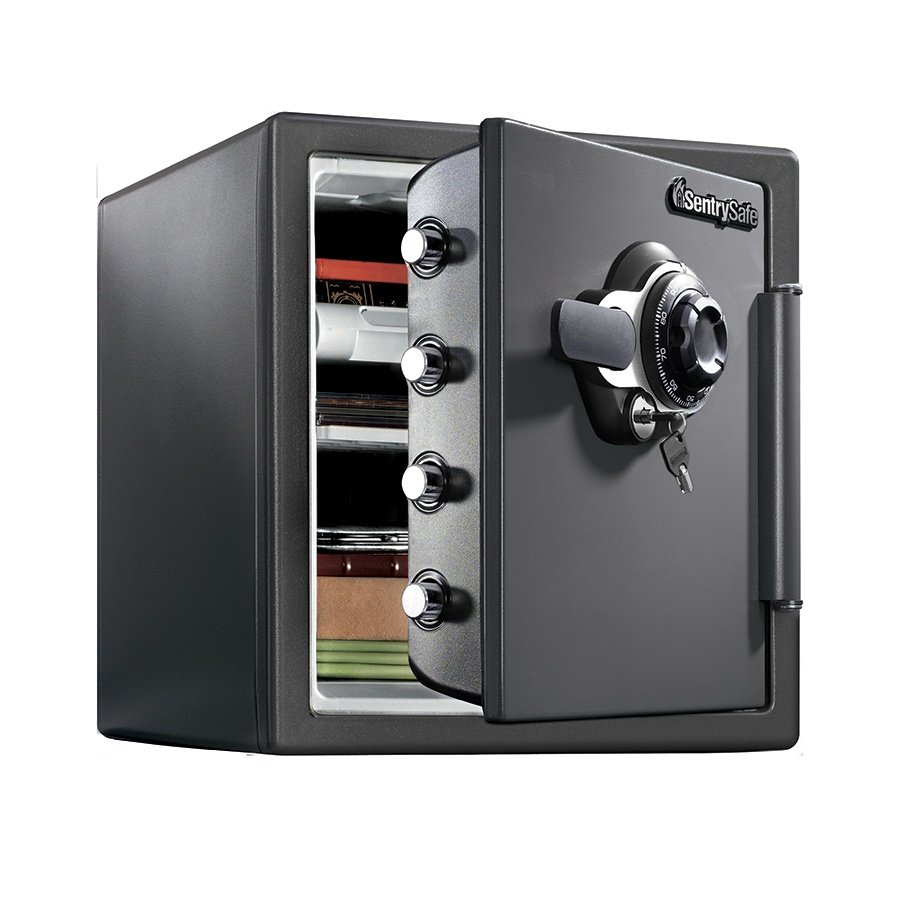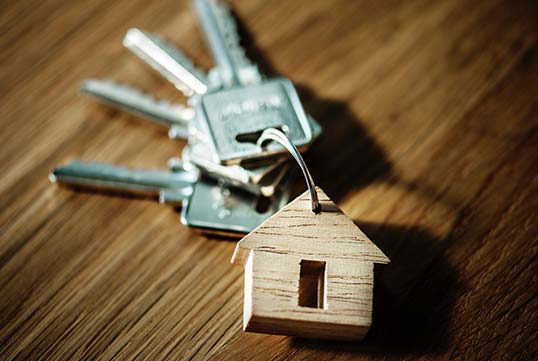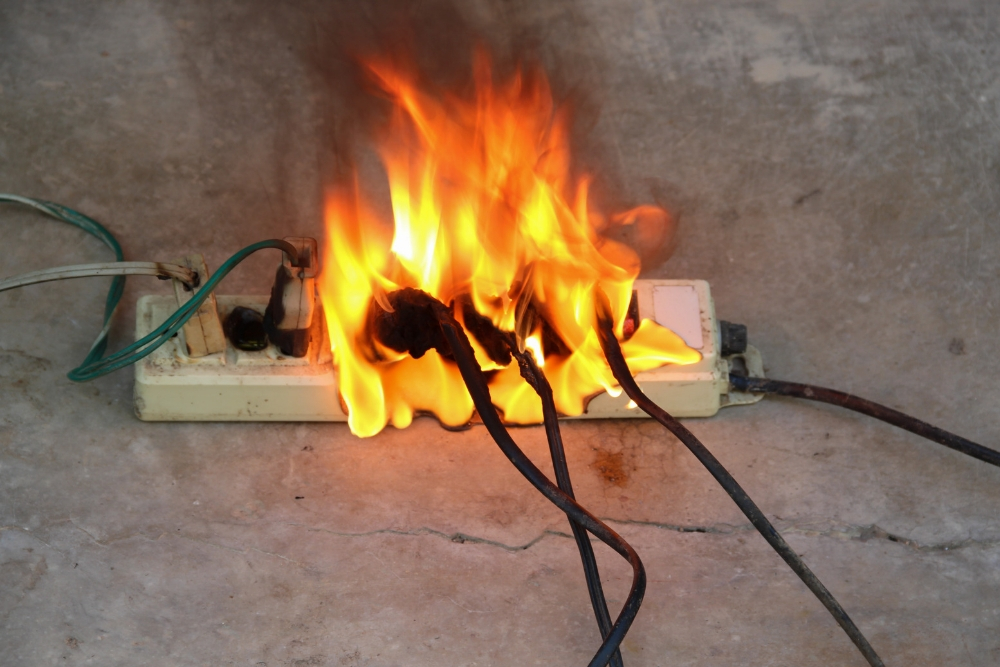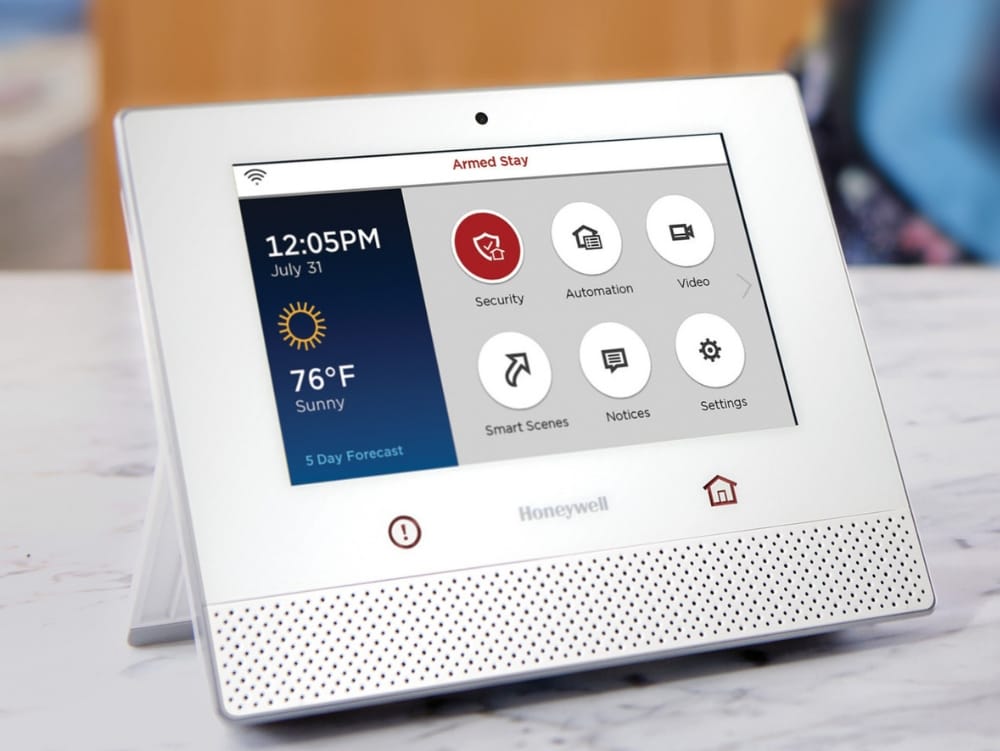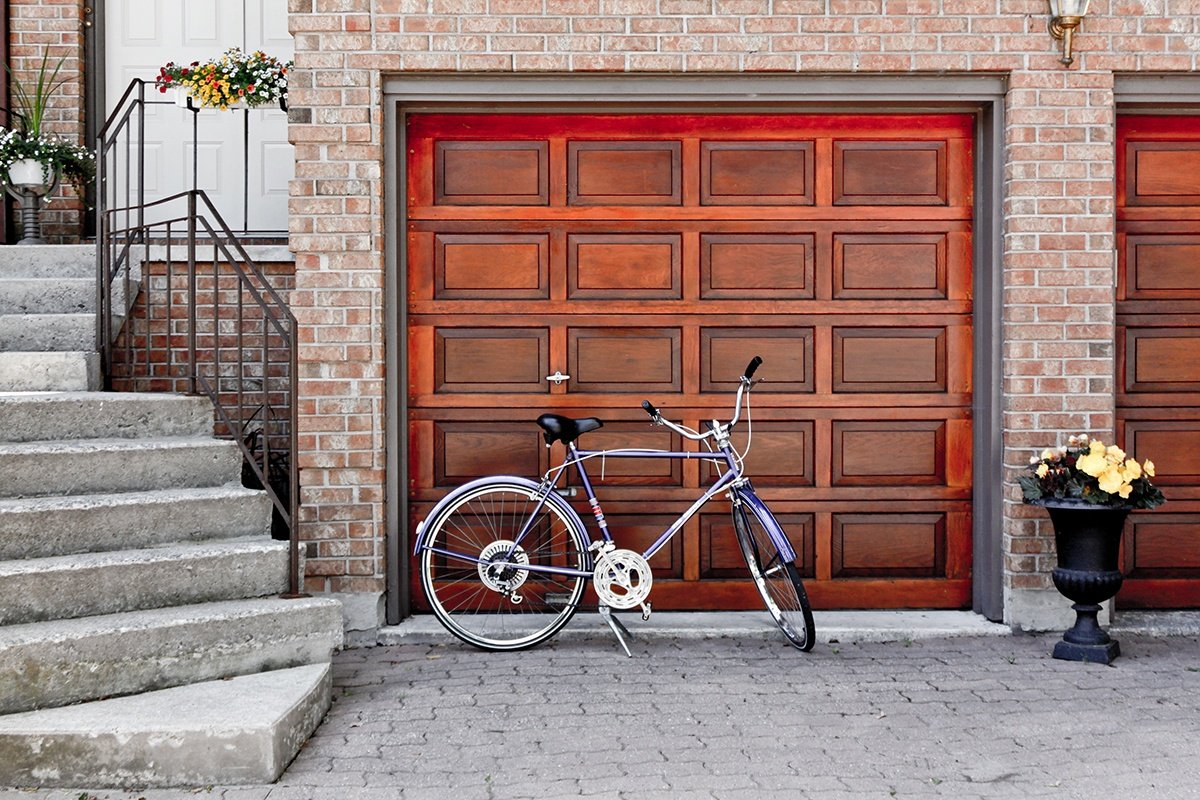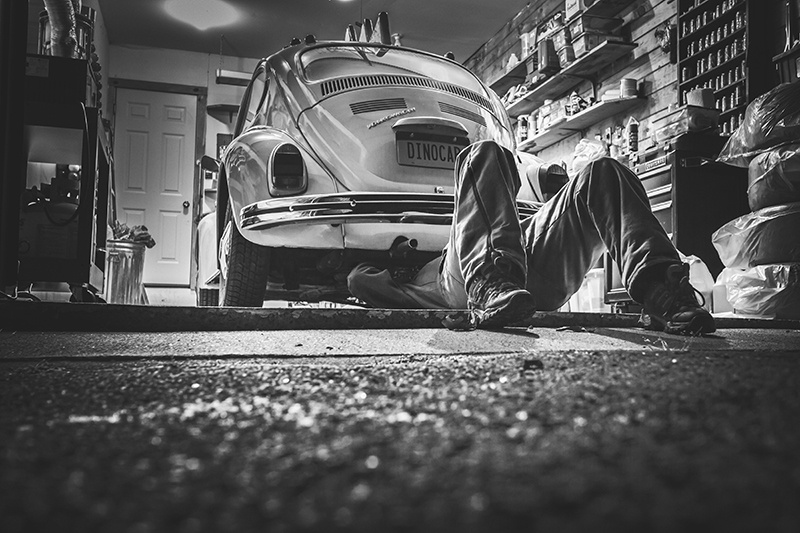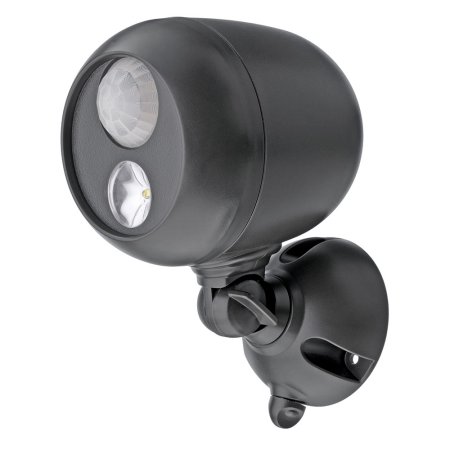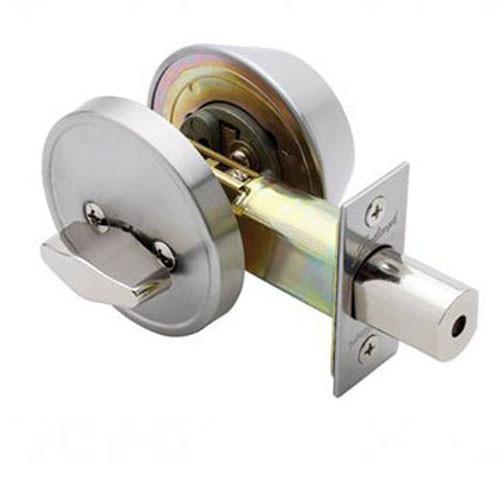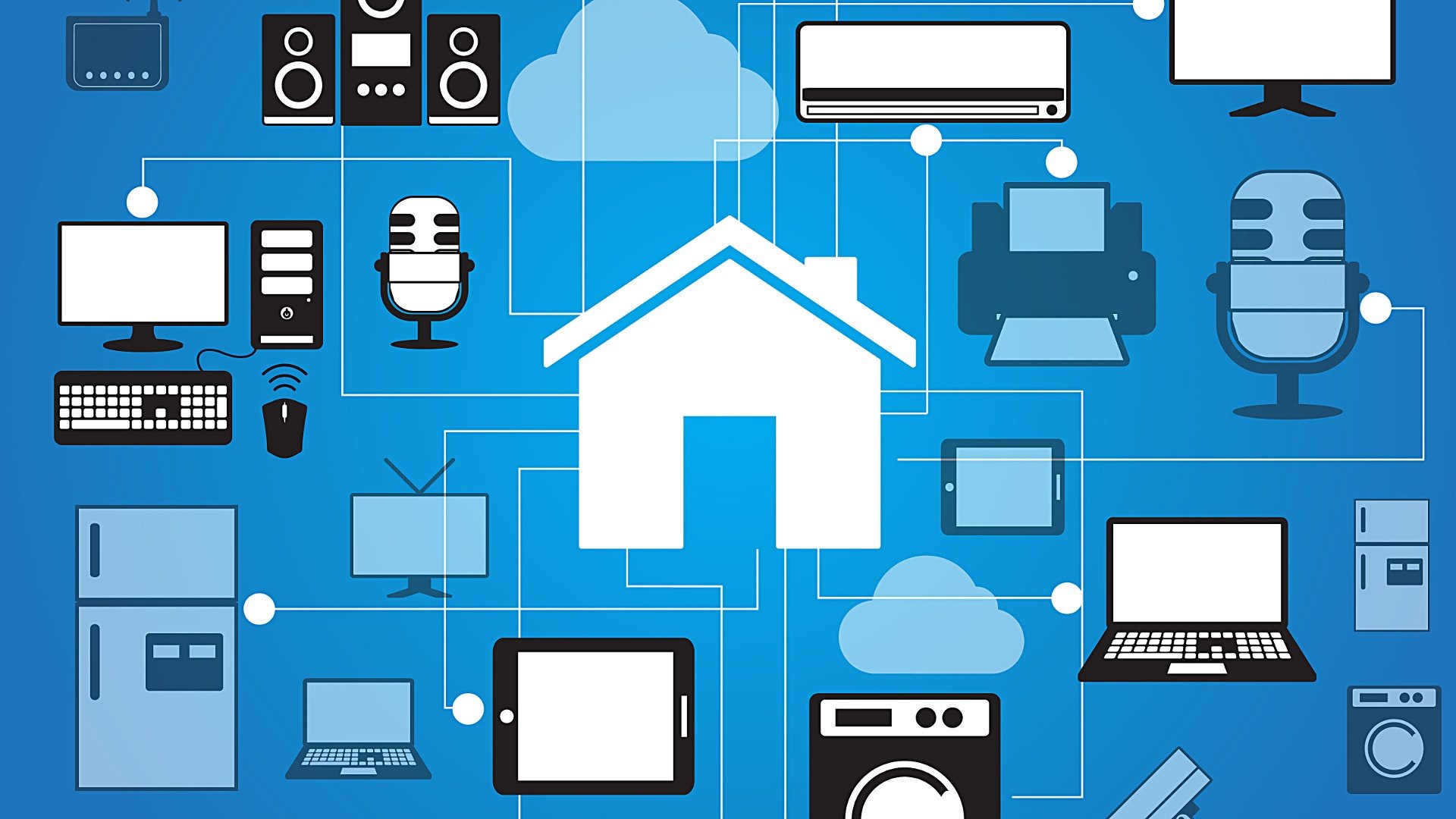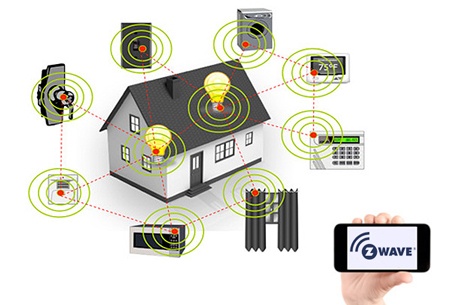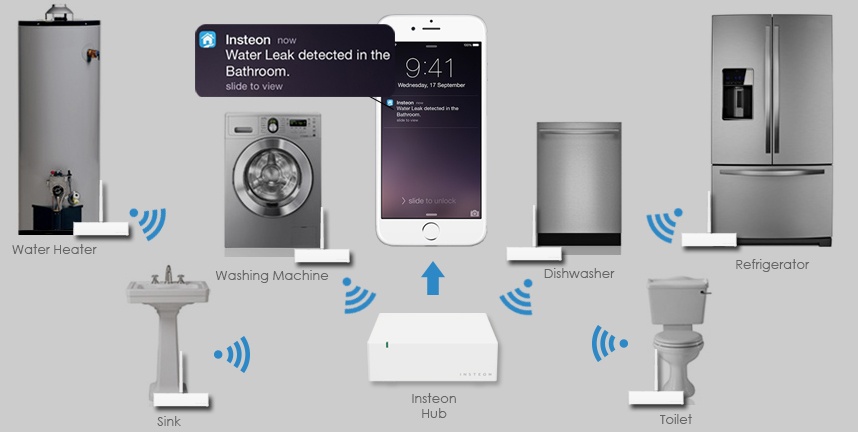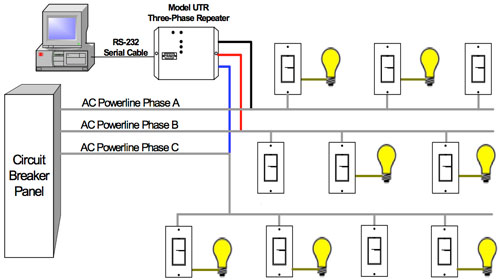Moving into your first apartment is an exciting time. However, it can also be a very stressful and busy period with so many things to buy and organize.
Luckily, with our thorough first apartment checklist, you don’t need to worry about figuring out all of these things for yourself. Read on to find out what you need to make living in your apartment a much better experience for you from day one.
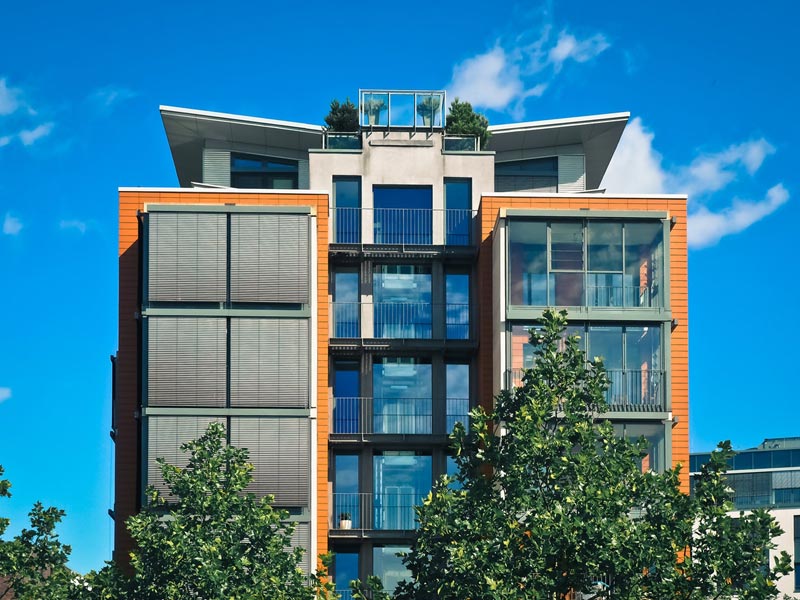
Bedroom
1. Bed frame, mattress, pillows, and blankets
At the absolute minimum, you are going to need to move in with a bedframe, mattress, pillows, and bedding to lay your head down and get a good night’s rest after moving day.
Your bedroom is your haven, so making sure this room provides a bit of relief from the rest of the mess is important!
Lounge
2. Couch or seating
Even if you start off with one couch or futon and then add in a few extra chairs as you go along, just having that one is key to making your home feel like you’re living in it. Plus, it’s a space for you to unwind after a long day.
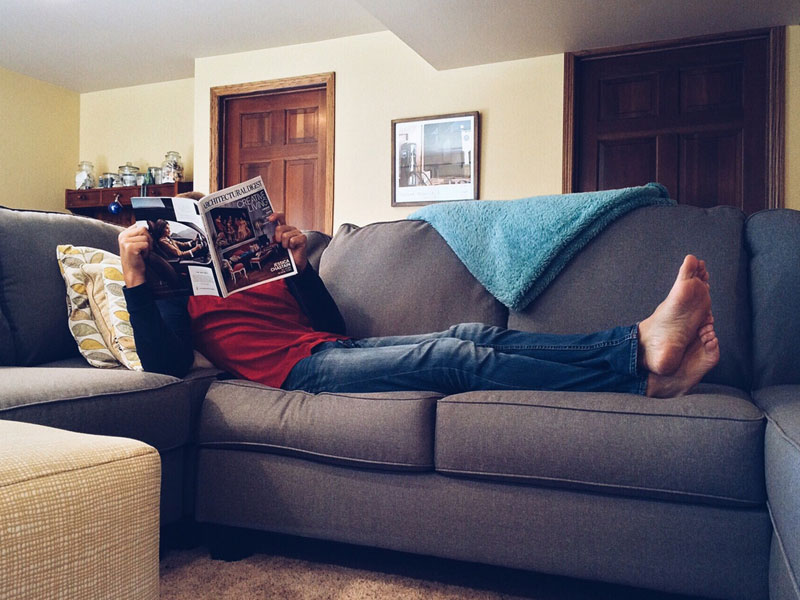
3. Coffee table and TV stand
It’s important to get a coffee table before you expand your living room with more seating. You’ll feel amiss without one, and it’s simply asking for something to be spilled should plates and glasses be placed on the ground all the time.
And while you are picking out furniture, your TV will likely need a stand unless you’ve got room to mount it on the wall.
4. TV
While it’s not completely necessary, a TV is something that you are likely going to want in your apartment at some point. Now that you have your own space, you can have movie nights, stream your favorite TV shows on Netflix, Hulu, and Max, and attach your preferred video game console to enjoy your content on a big screen.
If you want to invite friends over or host small gatherings, there’s no question that you’ll want something like a TV that can keep them entertainment.
Kitchen
5. Kitchen essentials
You’ll find that you never truly stop adding to your kitchen repertoire, but as an overview, you’re going to need these items at the very least:
- Plates and bowls
- Cutlery
- Water glasses and mugs
- Chopping knives and a cutting board
- Pots and a frying pan
- Tin opener
- Peeler
- Corkscrew
- Spatula or cooking utensil
- Trash can
6. Kitchen appliances
If these kitchen appliances aren’t already included in your apartment, you’ll definitely want a kettle, toaster, and microwave. They’re the basic essentials for any starter kitchen.
Climate Control
7. Window AC unit and smart thermostat
If you live in an area with uncomfortably hot and humid summers, a window air conditioning unit is an investment that you need to make for your own comfort.
Of course, once you have one, it is handy to be able to control the climate remotely so that you arrive home to a cool apartment. A smart thermostat will help you create and maintain a comfortable environment from your phone or laptop.

8. Humidifier, fan, and heater
To make sure that the air you’re breathing isn’t dry and potentially damaging to your airways, purchase a humidifier for your first apartment. Pollution is an unfortunate reality, as are allergies caused by dust, pollen, and pet hair.
You will also find a fan handy for rooms where your AC unit doesn’t reach, especially if you have a bigger apartment. And if you live in a place that gets cold in the winter, heaters will help you stay toasty warm despite the outside chill.
Each of these items is portable and can be moved from room to room as you please, making them useful to fill in the gaps and keep you feeling comfortable in your apartment.
Security
9. Home security system
Even though you’ve just moved into an apartment building and being surrounded by other people comes with its own level of security, a home security system for your apartment is still a good idea.
It’s an especially good idea if you travel a lot—and it’s best not to take any chances.
A home security system is easy to install, and you can find a variety of options to suit any kind of budget or home layout.
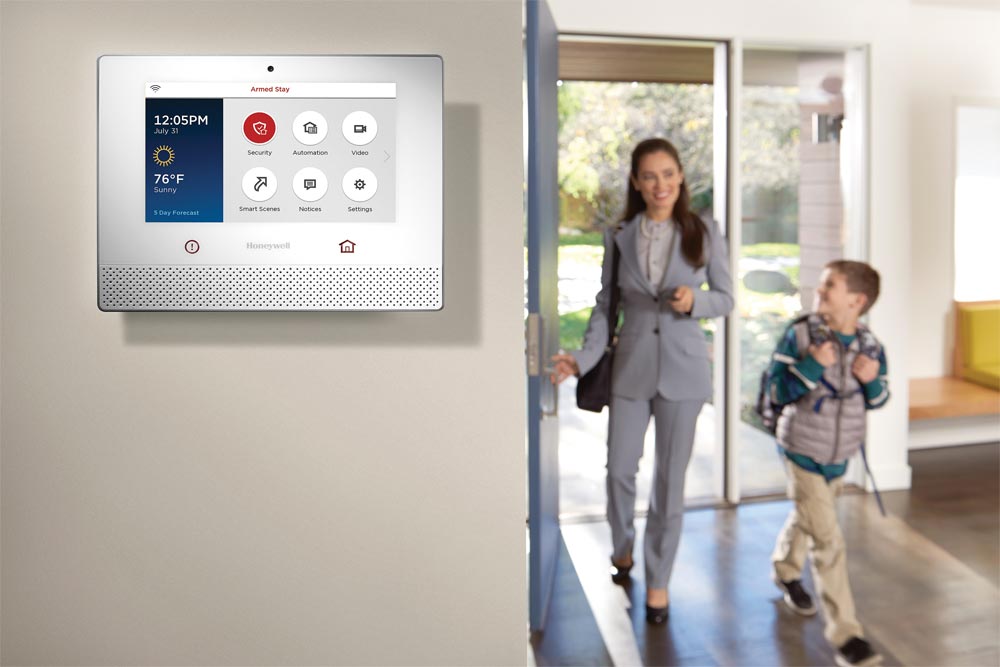
10. Video doorbell camera and keyless deadbolt
To see exactly who you are letting into your apartment, including all of your visitors, guests, contractors, friends, and family, we recommend installing a video doorbell.
Most video doorbell cameras connect with your smartphone and will notify you that someone is at your door before they have even pushed the button.
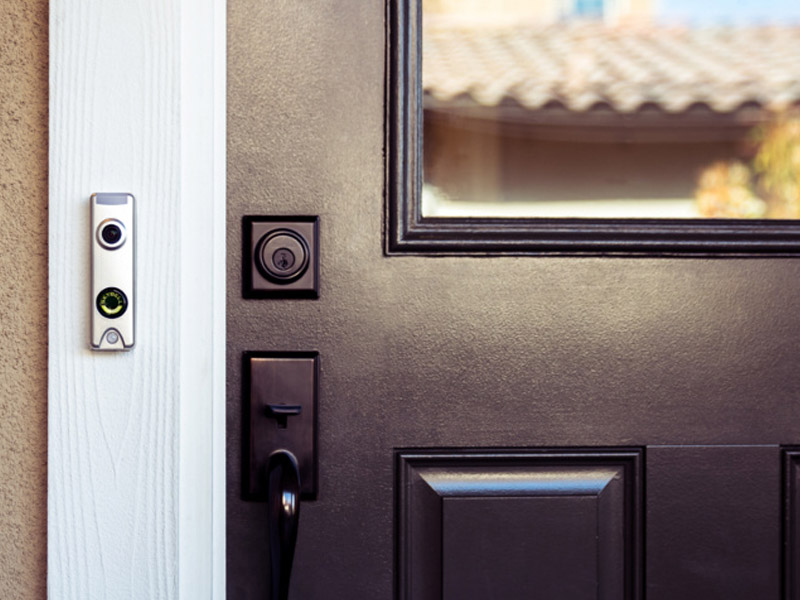
When you combine this with a keyless deadbolt, you can let people in and out as you please even if you are away from home.
With a keyless deadbolt, you won’t have to worry about losing your keys and getting stuck outside of your apartment. You can simply enter a code or use your smartphone to open the door.
11. Door security bar, padlocks, and chain
Security is a concern in any kind of living situation, especially in an apartment building where you don’t have as much control over who comes to visit your neighbors and who can come and go on the property.
Using a door security bar is one way of preventing any kind of forced entry from happening in your first apartment. It creates another barrier to entry so that getting through the door isn’t as easy as picking a lock.

For other entry points like an outdoor garage or exterior barred gate, a padlock and chain keeps these areas securely closed. Just remember that if the entry point is shared with other people in your building, you won’t be able to use these extra security precautions without permission from your landlord—so make sure the entry points leading directly to your space are secured.
Smart Home
12. Smart lightbulbs and smart plugs
Lighting is an essential part of your home, and while you might have been content with a lamp or two before, treat yourself to an upgrade in your first apartment.
With smart lightbulbs and switches, you can control the brightness of your lights remotely. This saves power, and it also creates the perfect ambiance for a quiet night in or that dinner party you’re planning to celebrate your new place.

Smart plugs are similar in concept: the things plugged into them can be turned on and off remotely or set to a timer. Typically, smart plugs are used to power appliances such as your TV or coffee machine.
DIY
13. Basic toolkit
You might not consider yourself a DIY person, but a basic toolkit is always important to have in your first apartment, because the truth is, you’ll never know when you might need it!
A basic toolkit should include the following:
- Hammer
- Screwdriver
- Box cutter
- Pliers
- Tape measure
All of these simple items will prove useful when you’re trying to open something, fix something, or measure a space in order to buy new furniture.
14. Batteries, extension cords, and plug adapters
Between the TV remote and bedroom table side lamps, you’re going to need both batteries, surge protectors, extension cords available to power things in your new place.
Keeping a variety of extension cords and plug adapters on hand is always advisable as you will probably need to figure out different setups for new appliances and devices that have different types of prongs.
The same goes for batteries. Buy a few different sizes so that you are able to power up that flashlight in the dark, change the smoke alarm batteries late at night, or replace that clock battery and not lose any time.
15. Curtain rods, curtains, fittings, and stepladder
To get a bit of privacy when you move into your new place, you’ll need to put up curtains or blinds right away, especially in your bedroom and bathroom.
Try to get measurements for curtain sizes and rail types before moving in, and go shopping beforehand so that you have everything ready to install when you move in.
A stepladder will be an essential part of putting up those curtains. Not to mention that you’ll find it handy for installing your smart lightbulbs and reaching those ceiling-height storage cupboards to throw things into during the move.

Safety
16. Flashlight and matches
It probably won’t happen often, but there might be a time when the lights go out and you need to find your way around. Or you may need to investigate what is going on in the cupboard underneath your kitchen sink.
A flashlight is so helpful in situations like these, and it’s something that you can easily store away when not in use. Be sure to purchase a model that has a long-lasting battery, especially if you don’t use it often.
Just in case you haven’t heeded our advice to get batteries and a flashlight, make sure you have some matches on hand as a final resort to light the candles should all power systems go down.
17. First-aid kit
We all know that it is important to keep a first-aid kit in our homes, but it’s surprising how often we don’t have what we need when we need it most.
Since you never know when you might cut yourself, hurt yourself accidentally, or get a headache, it’s always a good idea to keep a first-aid kit in your first apartment.
You can easily purchase a variety of premade first-aid kits available in stores and online. However, if you’d like to put a kit together yourself, here are some of the common ailments and injuries you need to be prepared for:
- Burns
- Cuts
- Scrapes
- Stings
- Splinters
- Sprains
- Strains
18. Smoke and carbon monoxide alarms and a fire extinguisher
All apartment buildings and homes are required by Massachusetts law to have a smoke alarm installed. Smoke and carbon monoxide detectors also make sure that you are protected in case of a fire or a gas leak, both of which can happen accidentally.
In the same token, should you be alerted to a fire in your apartment, you’ll need a fire extinguisher to put it out—provided it is safe to do so.
Take a look at the variety of sizes of fire extinguishers available, as what you need will depend on the size of your apartment and the types of heating and fire-prone equipment that you use.
19. Fireproof safe
When moving into your first apartment, you’ll likely have a number of small, valuable items that you’re going to want to make secure as soon as possible.
In addition to all of the other security measures you’ve taken according to this list, a fireproof safe is a perfectly discrete option for keeping all of your valuables safe.
We recommend choosing a safe that can be firmly secured in a closet or somewhere else out of sight with a decent lock and fireproof capabilities.
Cleaning
20. Vacuum, mop, detergent, and rags
You’d be surprised just how easily you can forget in the excitement of moving into a new apartment how important it is to have cleaning equipment on hand. Depending on the state of the apartment when you move in, you may need to do some cleaning before you move your furniture and boxes in.
If you’re looking to do less of the cleaning yourself, then a robot vacuum cleaner is a great purchase to make. Schedule its cleaning rounds and you won’t have to worry about dragging a vacuum through your new apartment yourself.
Other smaller but equally as important cleaning items include a mop, detergent, rags, and bucket or two.

Bathroom
21. Shower curtain, shower rack, and laundry basket
Instead of spending your time mopping up after your first deserved shower in your brand new apartment, fit the shower curtain so you can put your feet up afterward.
Similarly, having a shower rack to store all your toiletries and a laundry basket to put your worn clothes into will provide a bit of organization on what can be a tiring and stressful day.
Conclusion
Of course, all of these items can be customized to suit your particular needs, so there is a lot of leeway in finding out exactly what will suit you, depending on your living circumstances.
Once you have these essential items from our first apartment checklist, you’ll feel 100% comfortable in your new living space, knowing that you’ve taken all the measures necessary to ensure your personal well-being and safety in your new home.

